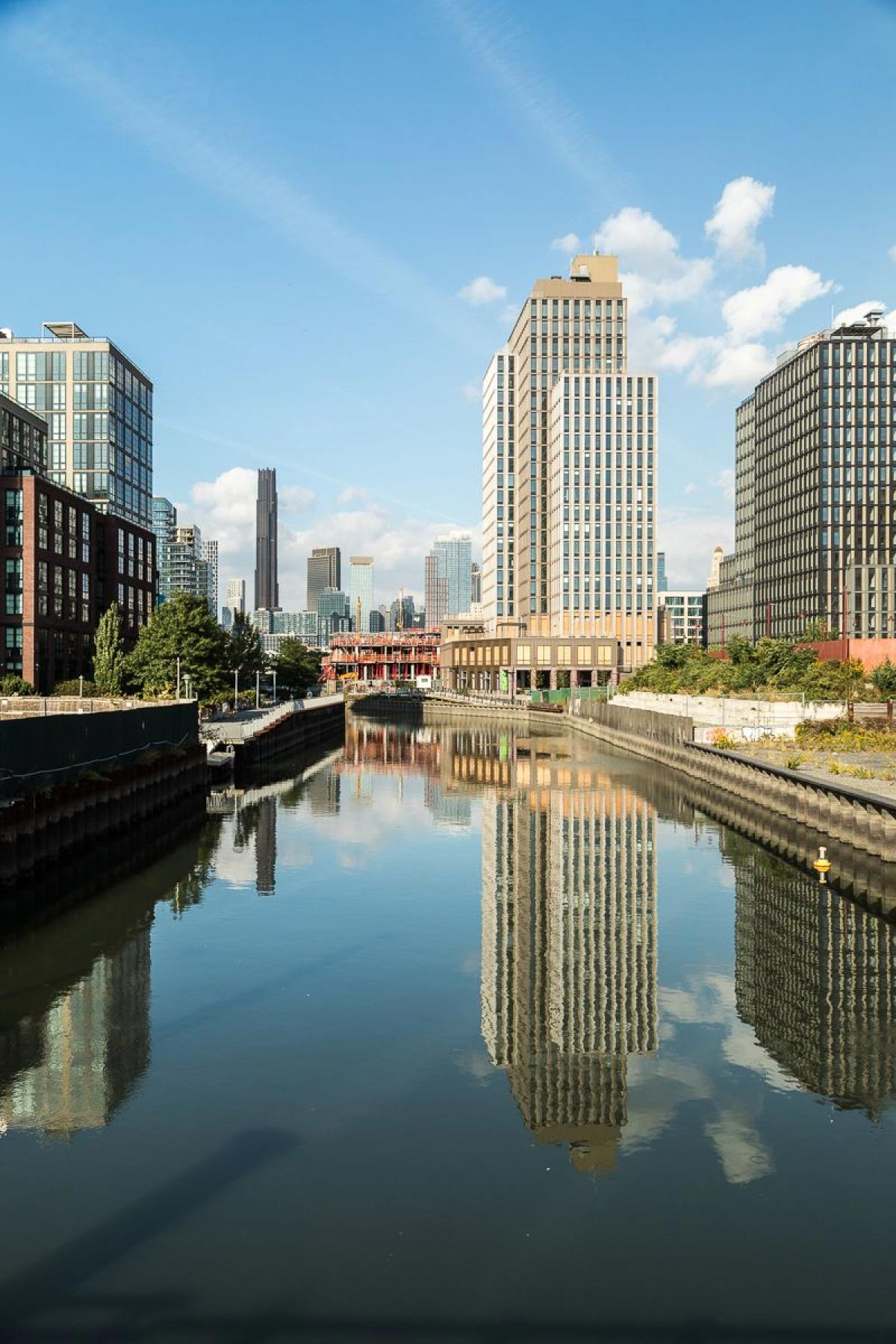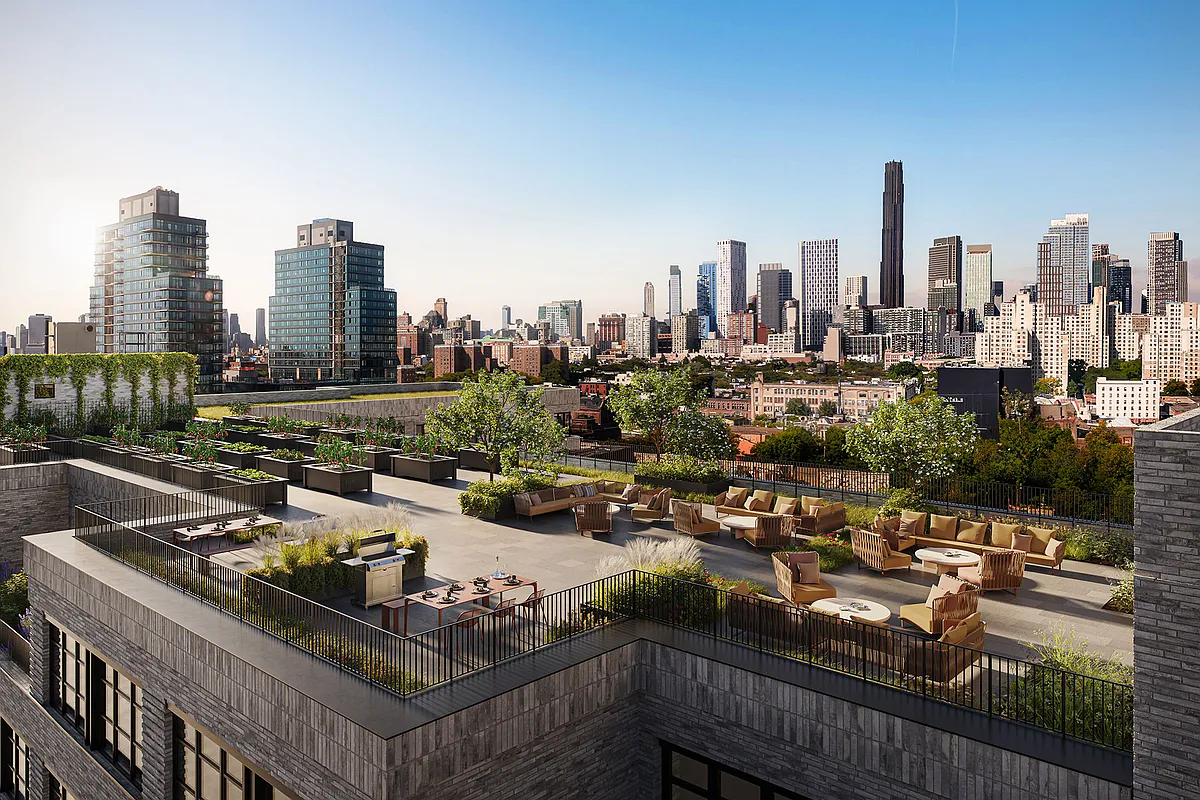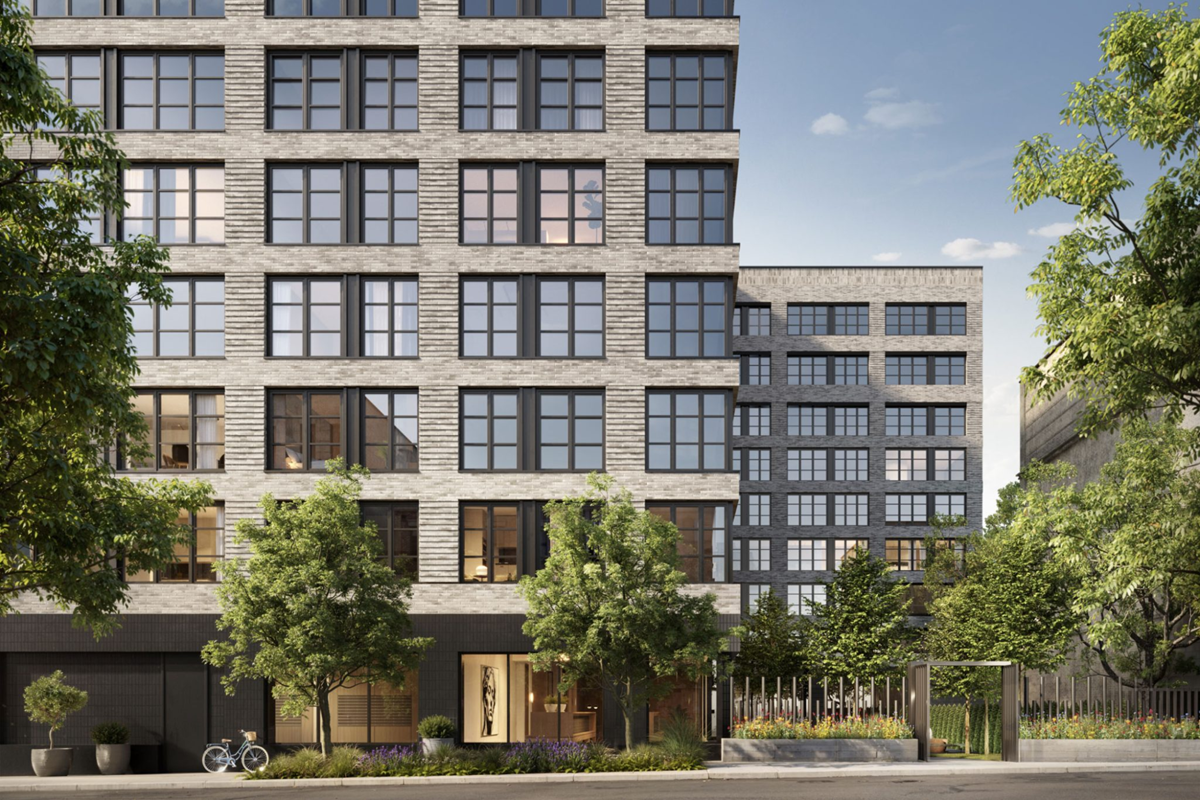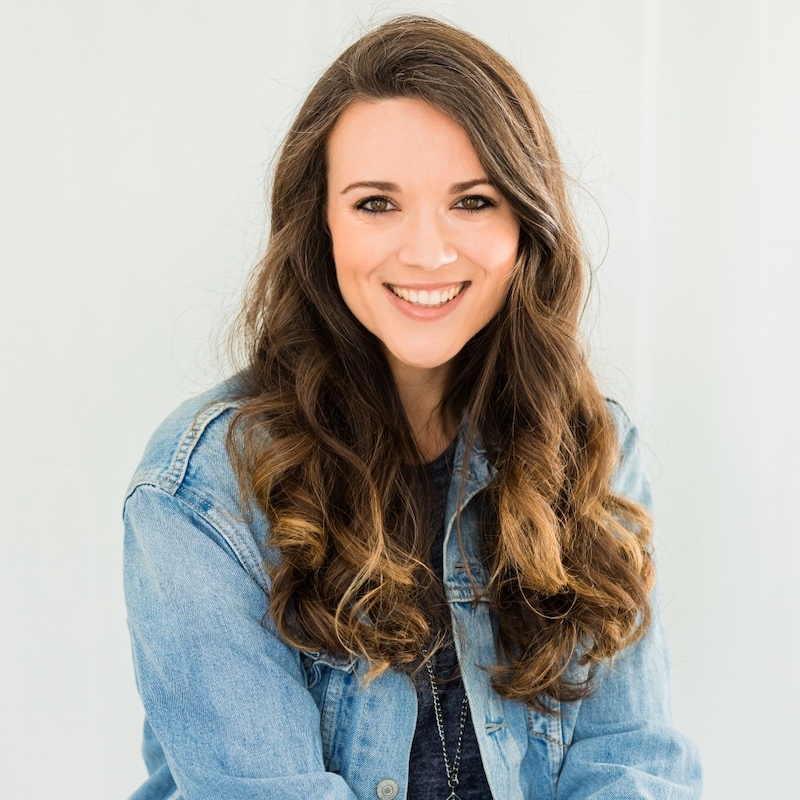Disclaimer: The contents of this article are industry best practices which were sourced from StreetEasy data and interviews with our Agent Advisory Board, unless noted otherwise. Any scripts provided are only meant to act as examples and are not required. Nothing in this presentation is intended to be legal advice. For specific questions about any duties or obligations arising out of a real estate transaction, check your local and state licensing laws and regulations, contact your broker, or an attorney.
Thanks to recent housing initiatives, rezonings, and other developer incentives, New York City is poised to see a boom in affordable housing construction this year. One such new development is the Brodsky Organization’s latest project, 499 President, a multi-use building in Gowanus with select units available now and full availability slated for May 1, 2025. As new residential buildings continue to emerge and competition heats up, how can developers and landlords market their new developments effectively and attract potential buyers or renters?
To answer this question, StreetEasy spoke with Joe Porritt, Director of Leasing and Marketing at Brodsky, and Alfred Assin, Brodsky’s Design and Marketing Manager. Keep reading to see their recommendations, and how they partner with StreetEasy to ensure a successful grand opening for their buildings.
Step 1: Know your market

If you try to market a new development in NYC as you would in any other metro, your efforts will likely fall short. That’s because NYC is a highly neighborhood-centric city, with individual boroughs, neighborhoods, and even streets having their own unique dynamic.
For this reason, Porritt and Assin recommend thoroughly researching your sub-market, including its history, real estate trends, and comps, before coming up with a marketing strategy.
“New York is truly like a mosaic of micro-markets, each one having a very distinct vibe and demand-drivers,” Porritt says. “The neighborhood really guides a lot of the decisions you have to make, from unit mix to interior design to amenity offerings.”
Understanding Gowanus and its rich history, for example, has helped Brodsky create affordable housing that truly reflects the heart of the neighborhood.
“Even the architecture of 499 President has an industrial feel to it, which was the look in Gowanus when it was mostly warehouse spaces,” Assin says. “What we try to do is integrate ourselves within the environment in Gowanus and other neighborhoods.”
One of Porritt’s favorite ways to stay on top of NYC’s localized and overarching real estate trends is to read StreetEasy’s market reports. You can also read our neighborhood data articles, or use our Data Dashboard to see current and historical metrics that will inform your marketing strategy.

Step 2: Create a desirable brand
Each building needs its own brand. When creating a brand for your upcoming project, Porritt recommends thinking about the lifestyle you want to sell.
“You have to create the right narrative that resonates,” he says. For example, while Brodsky focuses on creating a luxe-minimalist feel on the Upper East Side, 499 President has a distinctly industrial-chic brand that fits with the neighborhood’s history and character.
Next, make sure your brand is consistent, especially across your marketing visuals, including logos, websites, renderings, lifestyle photography, and more.
If branding isn’t your strong suit, consider outsourcing it. Brodsky, for instance, works with IF Studio to create a cohesive building brand and visuals that resonate with potential tenants.

Step 3: Start marketing during construction
While a new development is still under construction, Brodsky’s marketing team typically creates a teaser website where interested renters can sign up to receive email updates and schedule building tours once it’s move-in ready. This also allows you to capture email addresses and phone numbers for future marketing efforts (see Step 5).
Depending on your preference, you can also start running a few ads, create social channels for the building, and send out press releases announcing the upcoming project.
“However, you’re not showing all of your renderings or all of the branding that you’ve been working hard on for the last year,” Porritt says. “You’re just giving the market a little bit of a taste to whet their appetite and get them interested.”
Step 4: Create partnerships within the neighborhood
Consider generating even more interest in your development by partnering with local businesses. Brodsky does this through their award-winning Neighbors Program, which provides tenants with discounts and perks from nearby small businesses.
Some of these partnerships are consistent throughout Brodsky’s entire portfolio, while others are exclusive to particular buildings. This not only drives more business to local vendors, but also helps Brodsky tap into the heart and vibe of each unique neighborhood.
“I think these kinds of partnerships are going to become table stakes soon in this space,” Porritt says. “Localized engagement with local businesses is going to become a non-negotiable, because it’s one of the best ways to tap into the neighborhood’s pulse.”

Step 5: Increase marketing around the grand opening
As soon as the building is ready for tenants, or you’ve received a Temporary Certificate of Occupancy (TCO) and amenities are finished, you may want to start ramping up your marketing efforts. This can include:
- Showing renderings
- Putting the building’s logo on marketing materials
- Conducting in-person tours
- Taking lifestyle photos showing people using the building and its amenities
- Promoting the building on social media
- Reaching out to leads captured through the website
Step 6: Start filling units with Building Showcase
In addition to the efforts mentioned in Step 5, Brodsky also generates leads and fills vacant units with Building Showcase, StreetEasy’s comprehensive advertising solution for NYC buildings.
Building Showcase allows developers and landlords to create a premier building page on StreetEasy that funnels all messages from leads straight to their leasing team. It also ensures your listings stay at the top of relevant search results. Depending on which package you choose, you can retarget highly motivated renters via email and receive customized insights and reporting.
“Unlike other markets where you have a more even distribution of share across different channels and advertising platforms, StreetEasy and Zillow really are dominant in NYC,” Porritt says.
Whether you’re planning the construction of a new development project or getting ready to market a new building, StreetEasy has solutions to help you achieve a successful launch.
“From the very beginning — from the research phase to post launch when we’re looking to drive traffic to the site — we’re using various tools that StreetEasy provides,” Porritt says.
Learn more about Building Showcase and get started.
StreetEasy is an assumed name of Zillow, Inc. which has a real estate brokerage license in all 50 states and D.C. See real estate licenses. StreetEasy Concierge team members are real estate licensees, however they are not your agents or providing real estate brokerage services on your behalf. StreetEasy does not intend to interfere with any agency agreement you may have with a real estate professional or solicit your business if you are already under contract to purchase or sell property.








